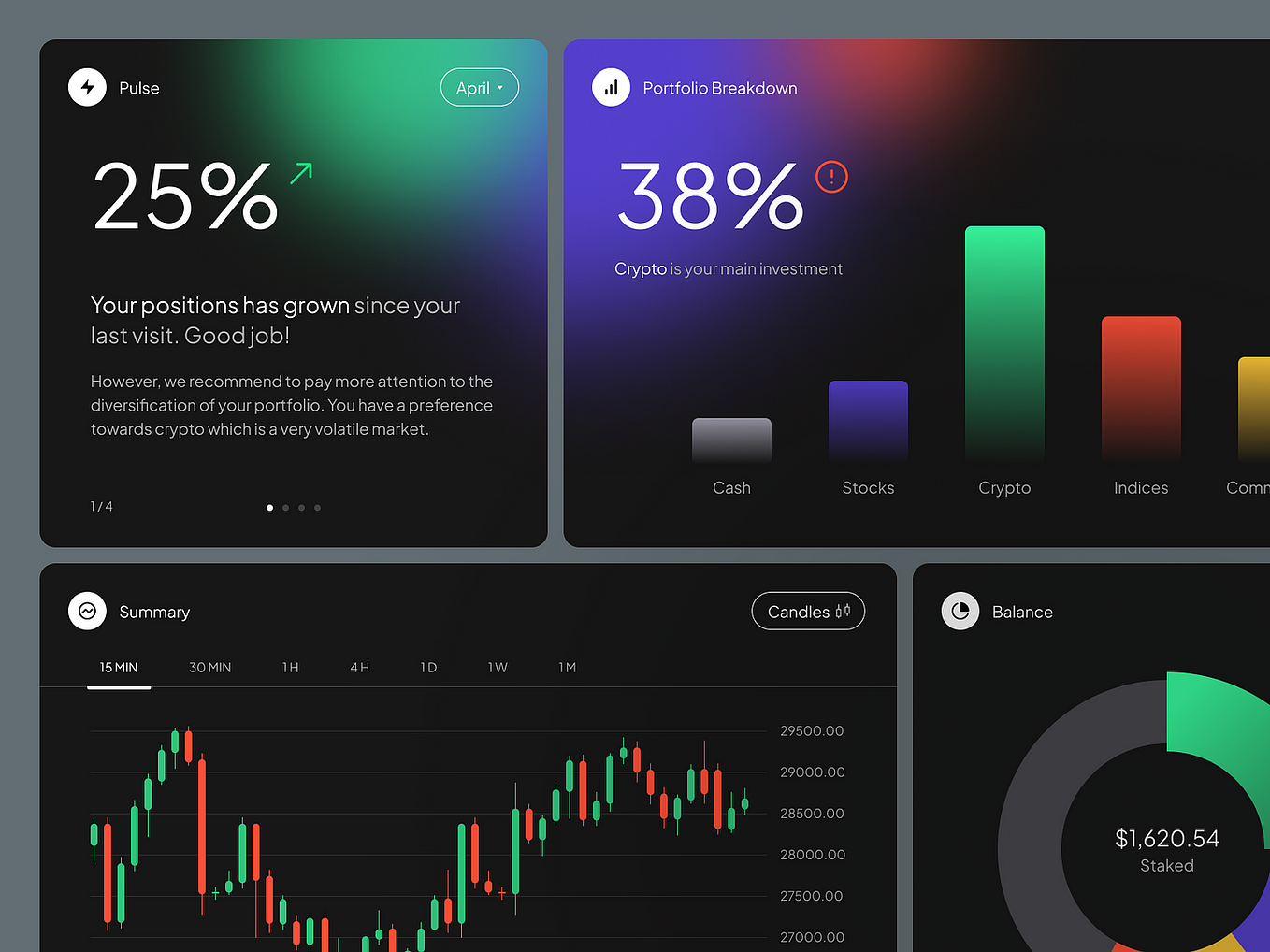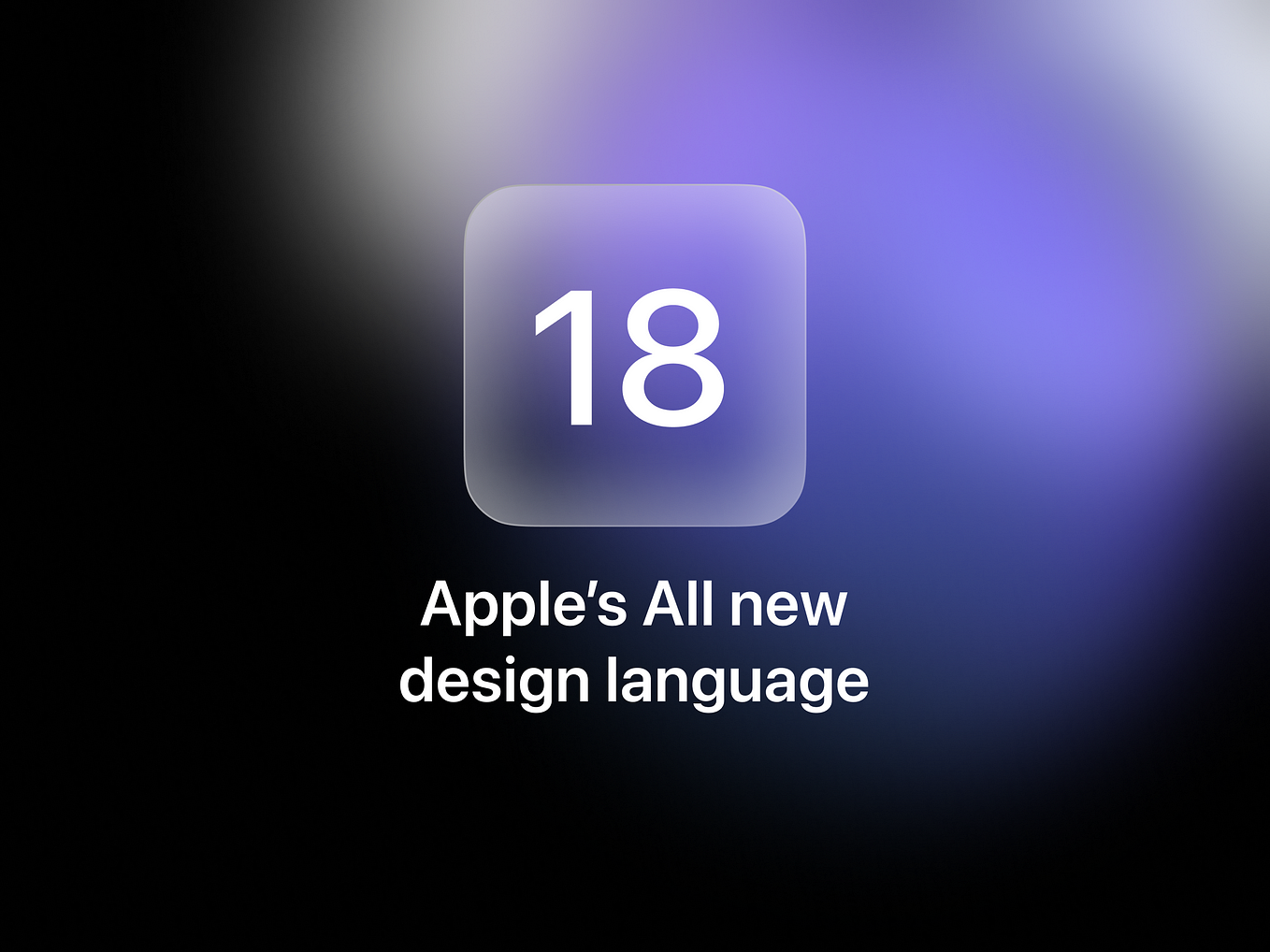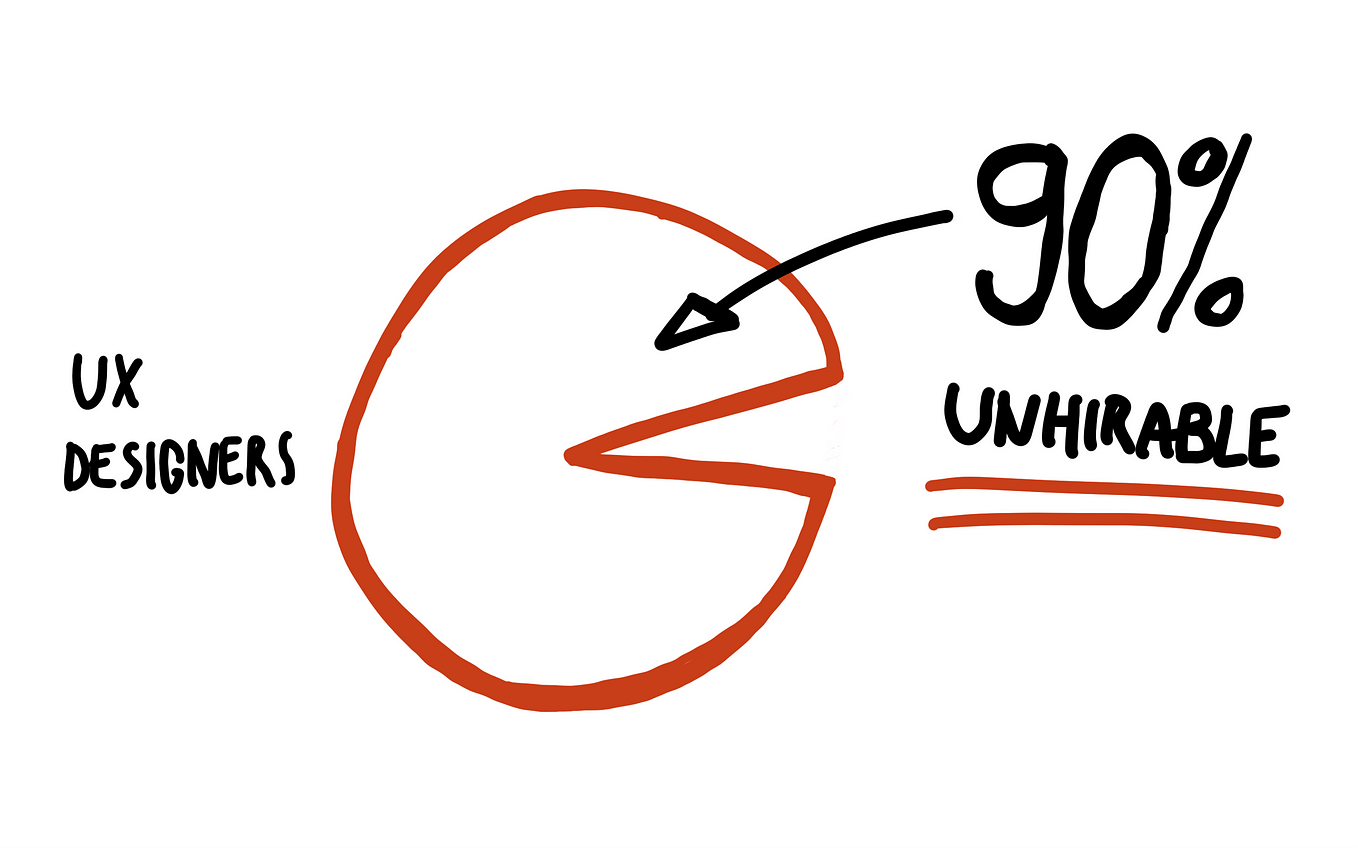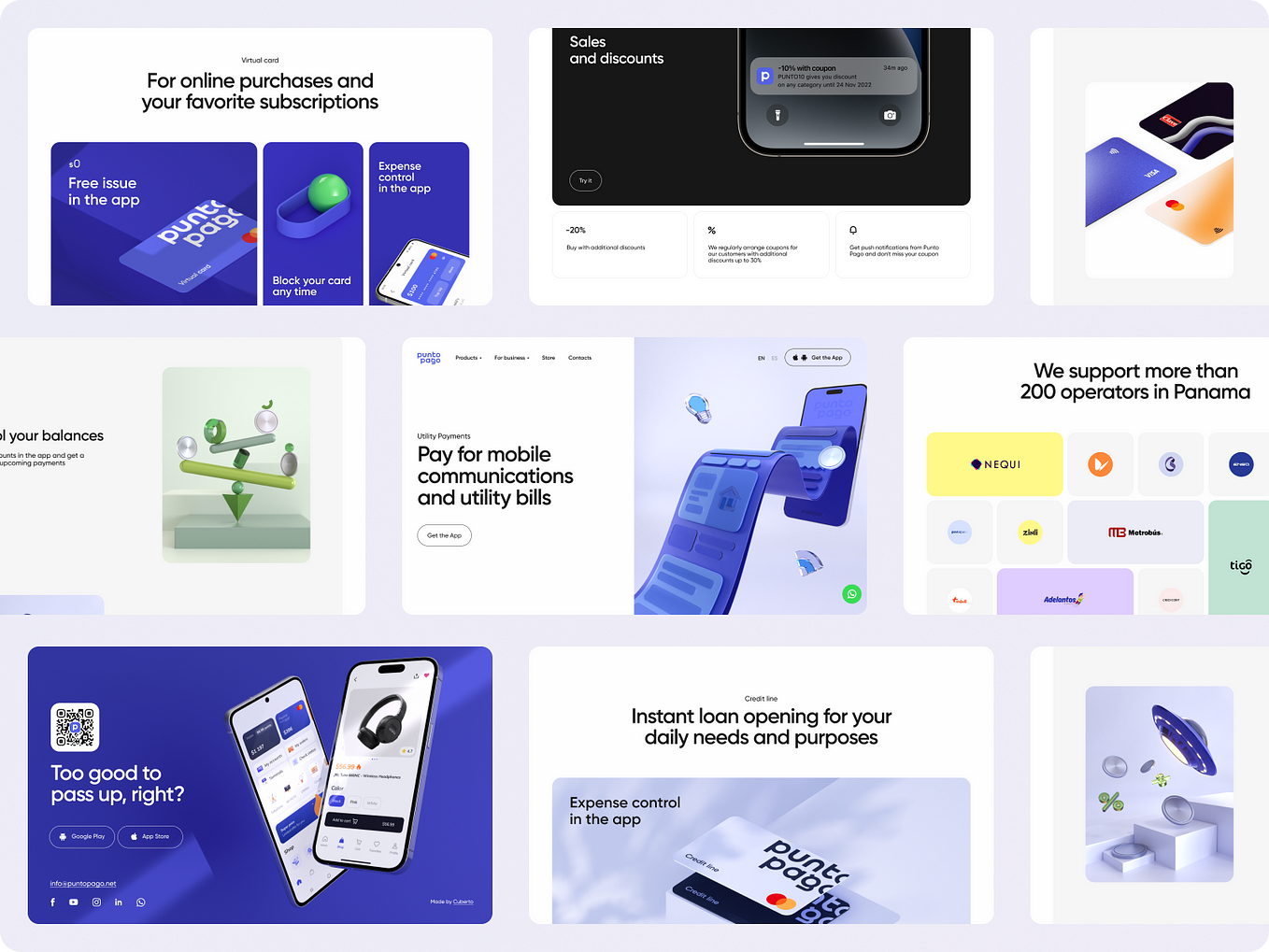Why Xanga Remains Another Nostalgic Product of the Early 2000s
The early 2000s saw a boom in internet and technology products, and for most people born anywhere between 1985 to early 2000s, they may recall coming to work or school and hearing about the newest social website or Apple iPod. Amidst an emerging generation of adventurous tech users, Xanga was formed to create
The Xanga business model was primarily founded on advertisement banners and paid subscription plans. As if it weren’t serendipitous enough for my article, Xanga publicly came onto the internet scene right in the 2000 (take that, Y2K!).
What’s wrong with being basic?
Free memberships didn’t offer high-resolution photos, were bounded to 1GB storage space for photos, tightly restricted to 100MB of photos per month, and only allowed access to 3GB of bandwidth per month- not to mention free users had profiles with popup advertisements and limited functionality.
Undoubtedly, this was all in the means to push users towards Xanga’s Premium plans. For what it’s worth, let’s dive into their Premium plans, which will shed some insight into what went wrong for Xanga.
The Premium Plans
The Xanga Premium Plan: 2 GB photos / 100 MB of monthly uploads
The Xanga Premium Plus Plan: unlimited photo storage / 1 GB of monthly uploads (this will be important later)
Now that we’ve briefly covered their plans, the key that truly unlocks the mystery as to why Xanga failed is in the user.
Who were the main users of Xanga?
Faulty Assumptions
Xanga didn’t suspect that not all users could see the VALUE in premium plans
One suspicion is that Xanga assumed its customers were willing and able to invest into an online presence, at a time where the internet itself was a relatively new advent, and thus were online blogs and social media platforms (remember Myspace? That came around in 2005. Facebook opened up its membership outside of university students in 2006, and Wordpress started to take over Xanga late 2000s).
It seems that many users were slowly wanting to build an online community or manage a simple online blog, but had to deal with Xanga’s banner advertisements which distracted from the main page and were just an ugly sight to see. Obviously, that’s where Wordpress and Myspace came along to try their hand at the online spoils.
After all, what was the major demographic of Xanga users comprised of in the early days of the internet? It was mainly teenagers and people in their early 20s, many of whom may have been eating dollar cup noodles while trying their hand at the site. Naturally, older folks are less keen to try new technology until it becomes more necessary in their lives, which wasn’t a phenomenon until more recent years.
Premium plans still had limits
As noted earlier, premium plans were a step up from the free subscription’s features, but were still restrictive to many advanced users. Beyond the customized skins, sidebars and higher limit on profile photos, even the Premium Plus plan restricted users to 1 GB of uploads per month (compare that to standard USBs which start at 4GB and costs less than $20).
The benefits of its subscription models simply didn’t provide Xanga’s users enough desirable roots to continue holding on once other competitors came on the scene.
At a time when SaaS was barely gaining momentum, this was frustrating for power users who had already paid for a subscription but still met with a virtual wall of storage limitations.
Perhaps Xanga’s assumptions were based on thinking that users would become frustrated with the free subscription, and be moved to buy into a premium plan. Unfortunately, frustration and usability don’t blend.
Takeaways
We’ve come a long way from the days of HTML and CSS blogs, having moved on to advanced plugins and customized templates, along with affiliate marketing and Google Adsense.
Although Xanga had a grip on the social media and blogging market for a few years, it was not prepared for what was to come. While I sincerely thank Xanga for paving the way for many future websites, such as Wordpress (the biggest denominator in over 42% of all CMS platforms worldwide at the time of writing), it proved that no product can aspire to be all-encompassing and financially viable without considering the needs and demographics of its users.







